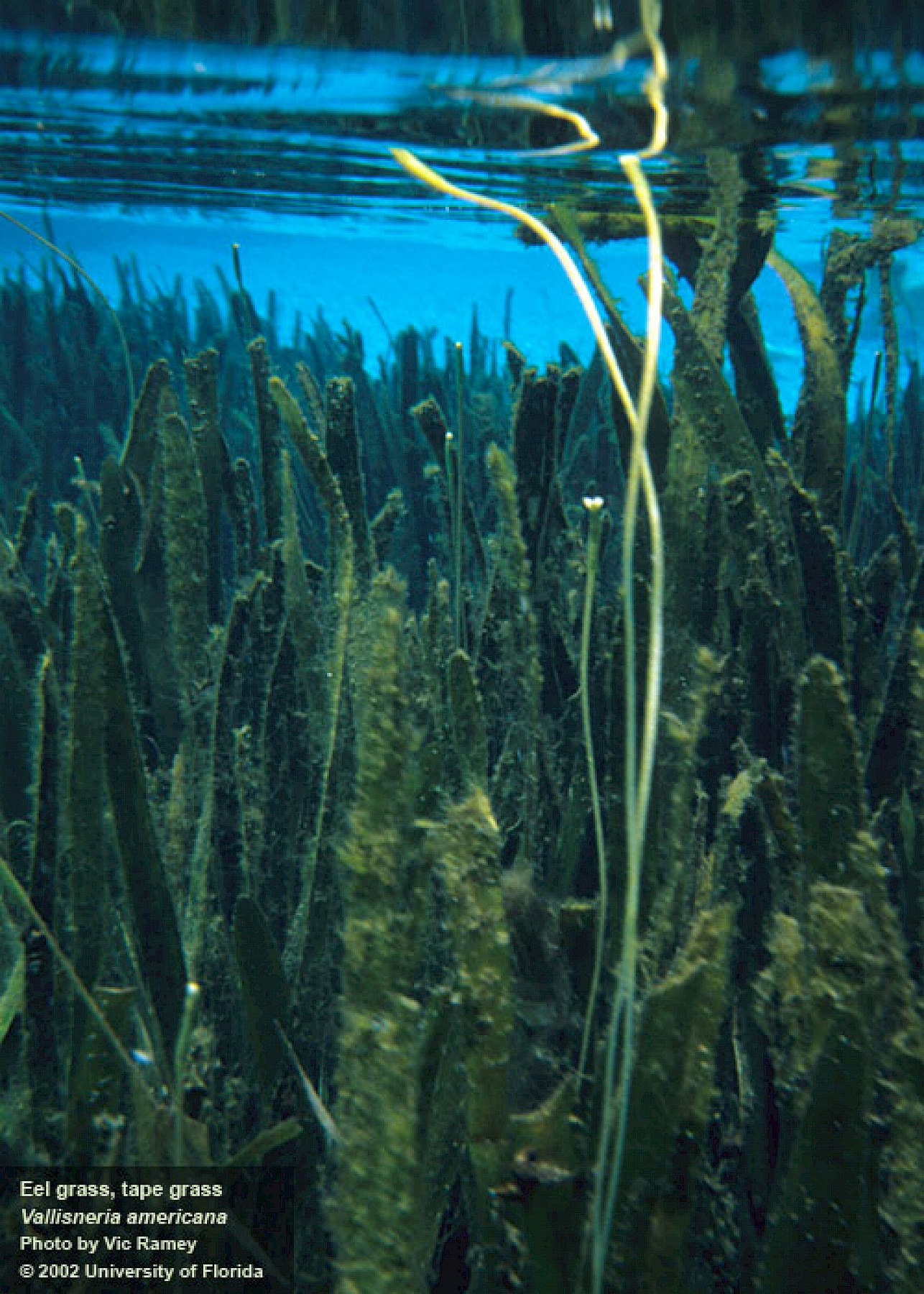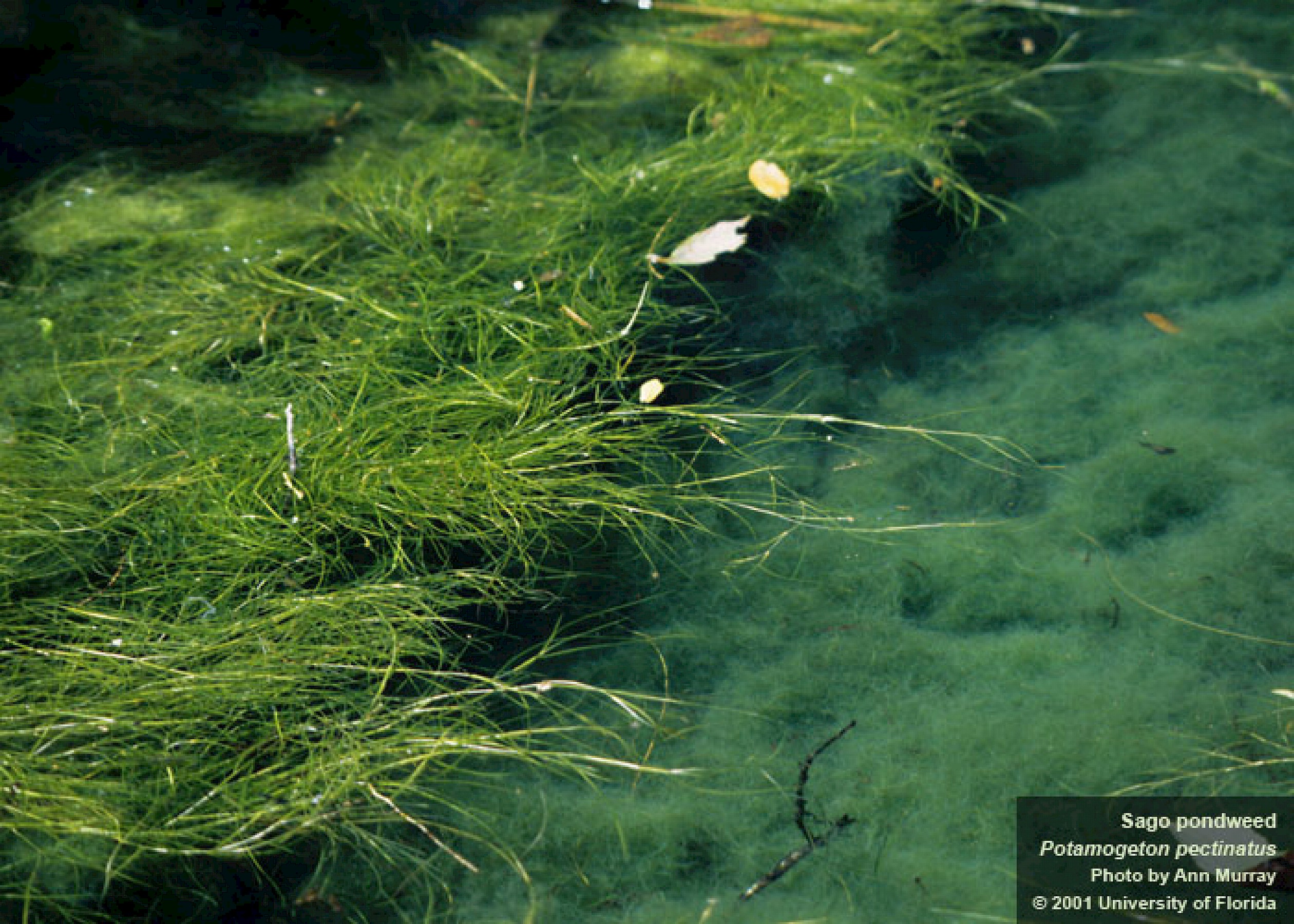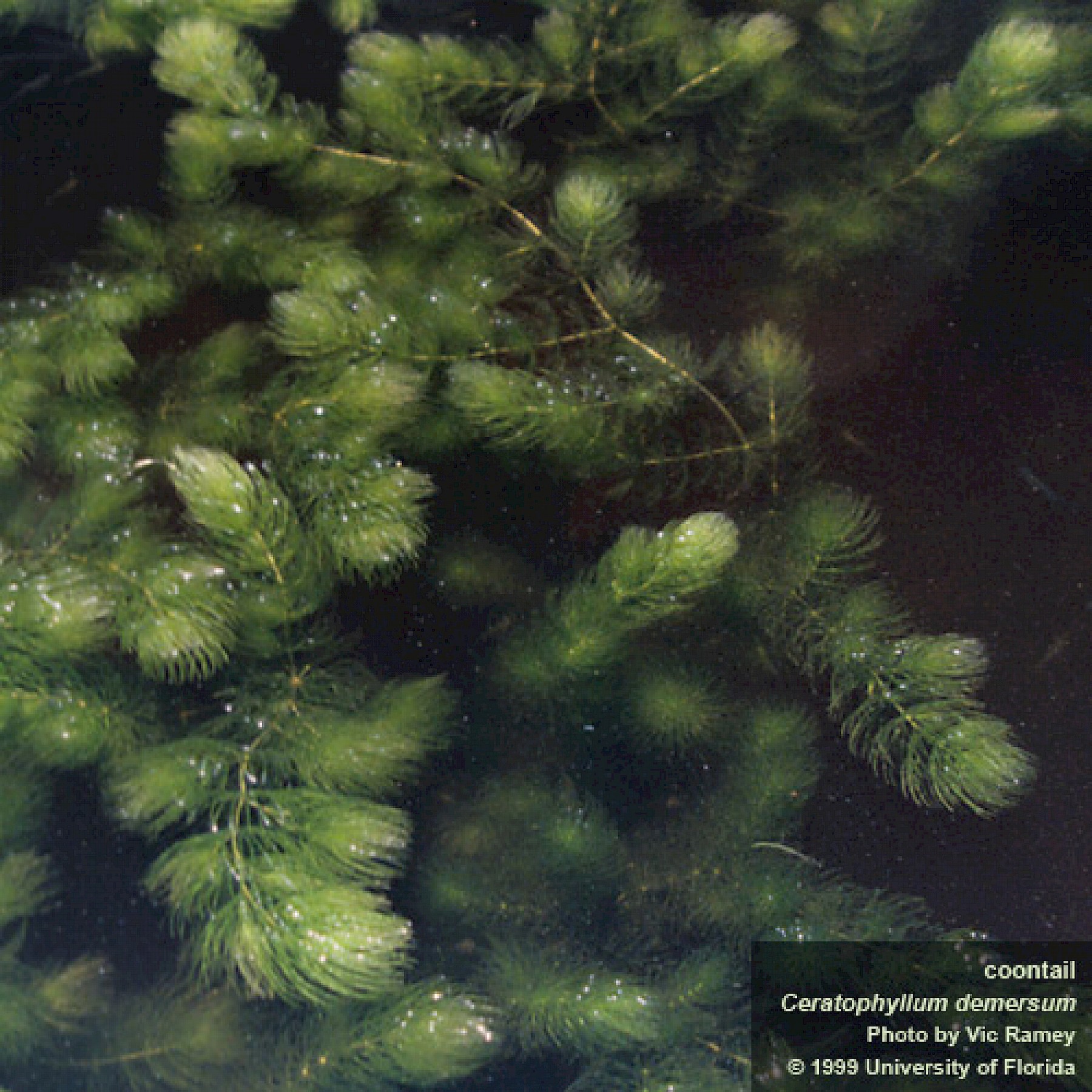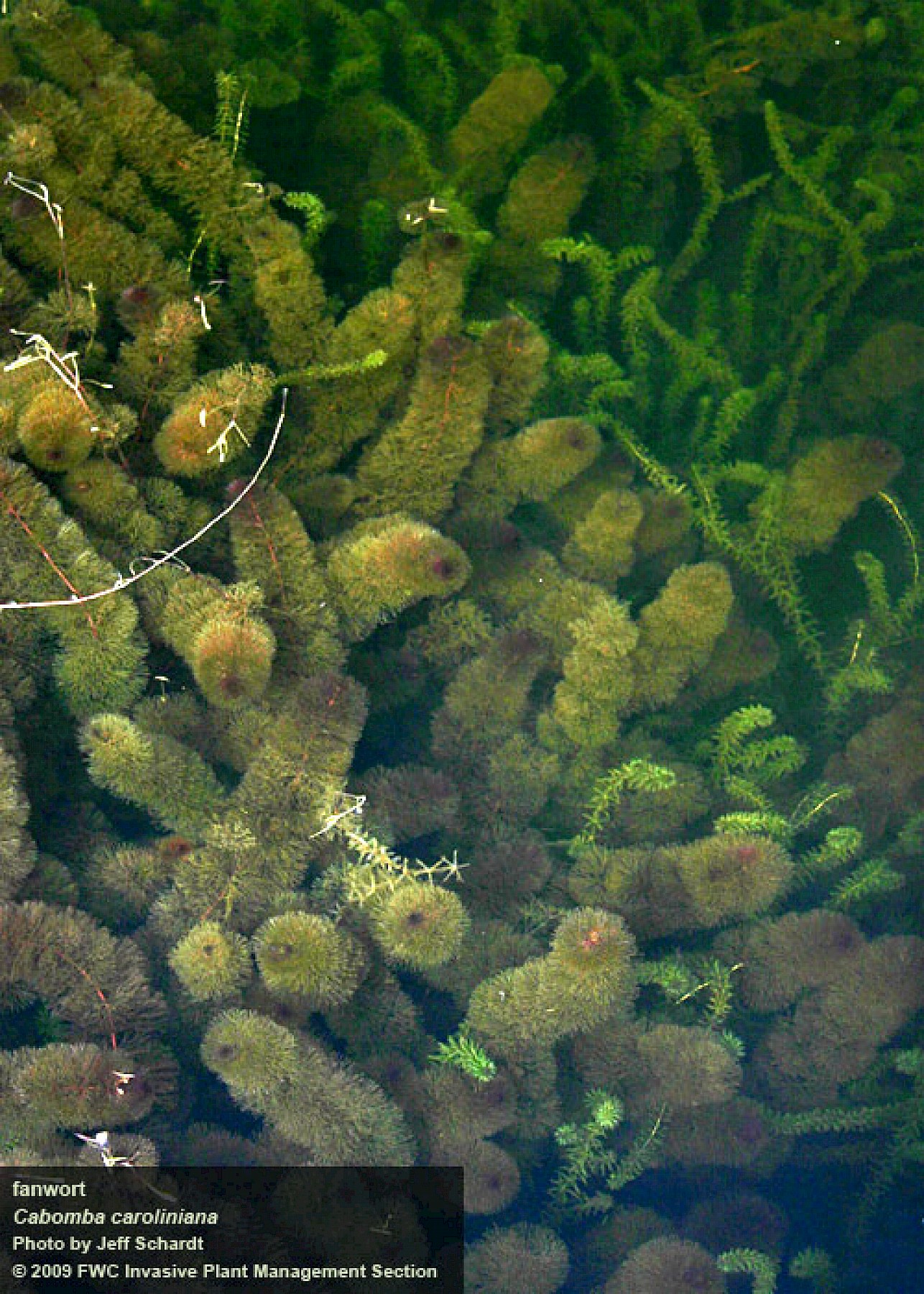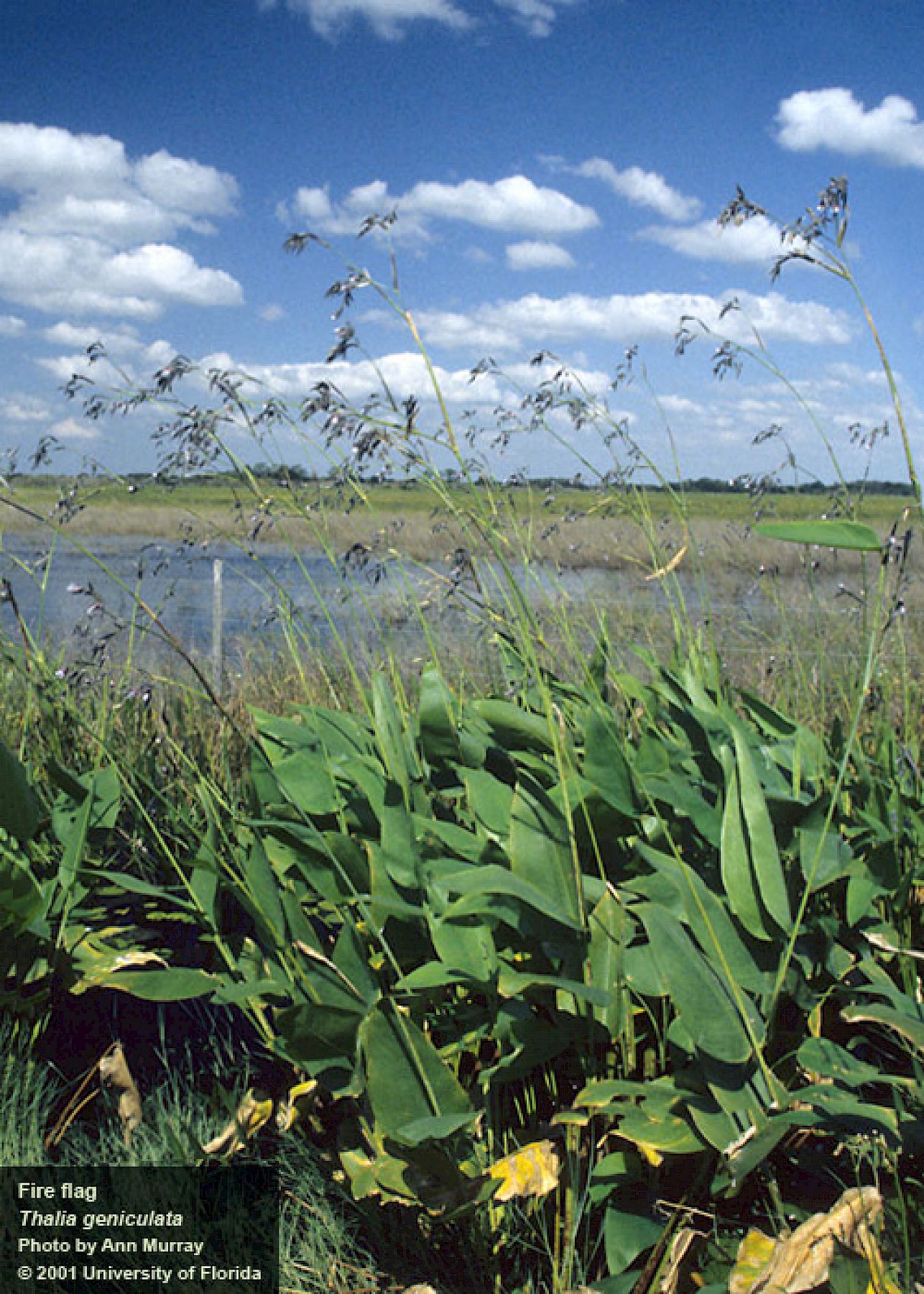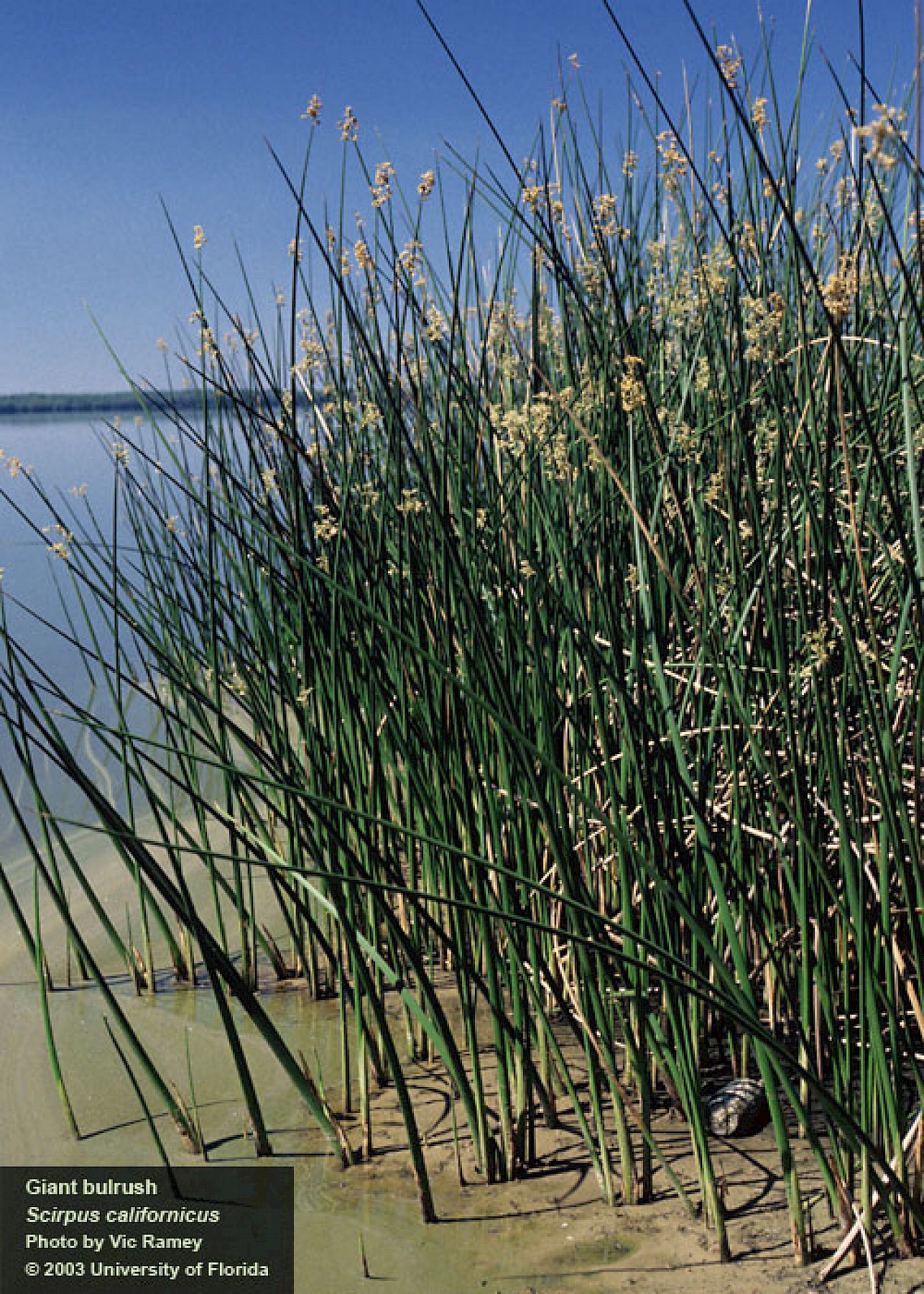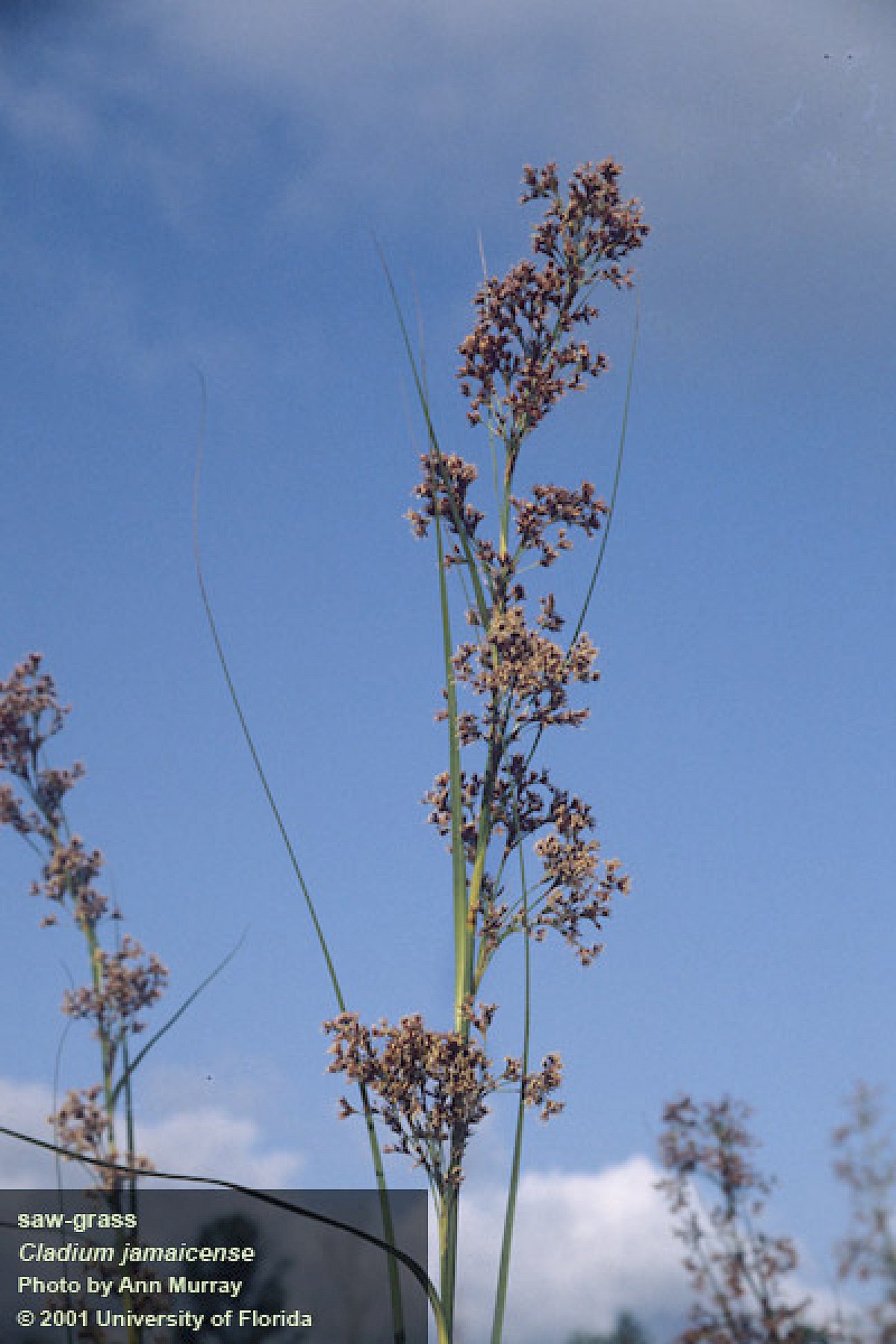AQUATIC AND WETLAND PLANTS IN FLORIDA
Our state is home to hundreds of native aquatic and wetland plants that live in damp to wet soils, and some even more specialized plants that live entirely in, on, or under water; submersed plants, emersed plants (including grasses, sedges and rushes), and floating and floating-leaved plants. These plants are technically referred to as aquatic macrophytes.
AQUATIC MACROPHYTES

The littoral zone refers to the part of a waterbody closest to the shore where light reaches all the way to the bottom. (Courtesy of the Minnesota Dept. of Natural Resources).
Aquatic macrophytes grow in water or in wet areas. Some are rooted in the sediments, while others float on the water’s surface and are not rooted to any substrate. Florida has native and non-native (exotic) aquatic macrophytes. Aquatic macrophytes are aquatic plants large enough to be visible to the naked eye. The term is used to distinguish between aquatic plants and algae. The term “aquatic plants” usually refers to aquatic macrophytes, but it can refer to both. (Note: Large visible algae such as Nitella spp. and Chara spp. are included in the category of aquatic macrophytes.)
Aquatic macrophytes are grouped into three general categories:
- submersed aquatic plants
- emersed aquatic plants
- floating and floating-leaved aquatic plants.
University of Florida Center for Aquatic and Invasive Plants


